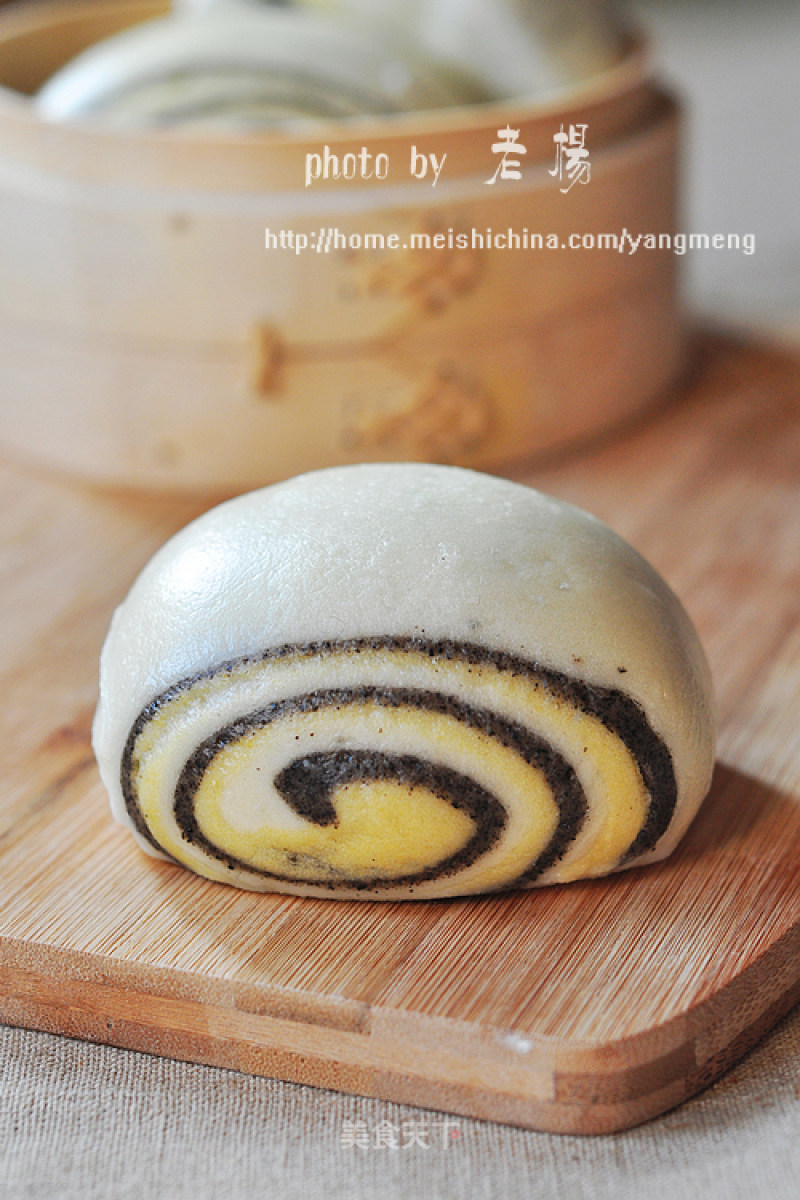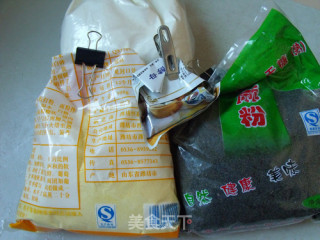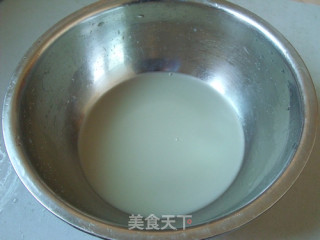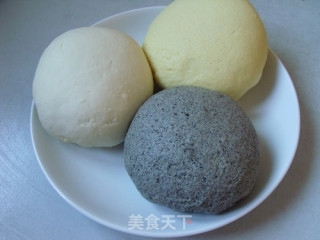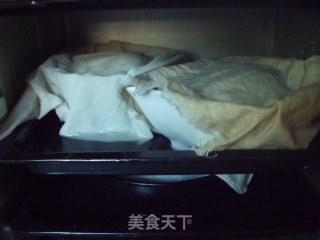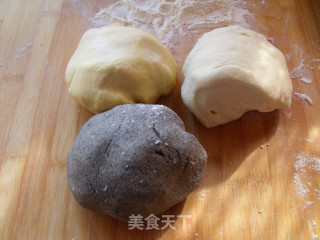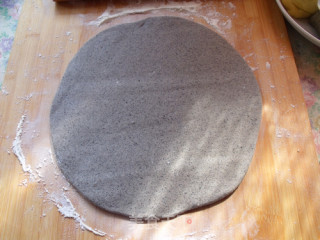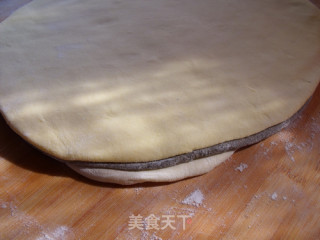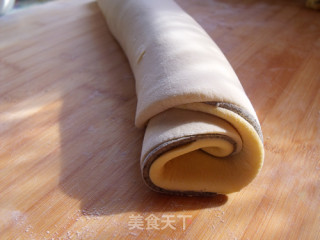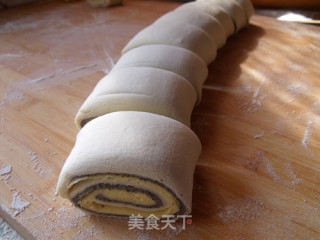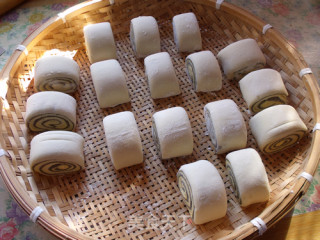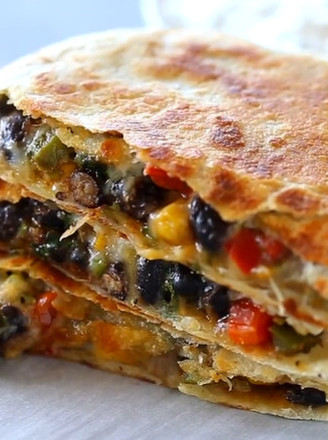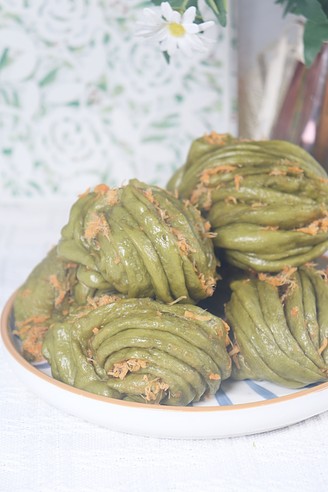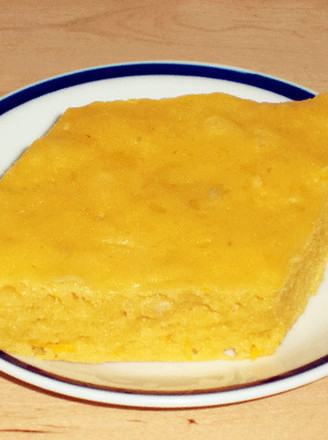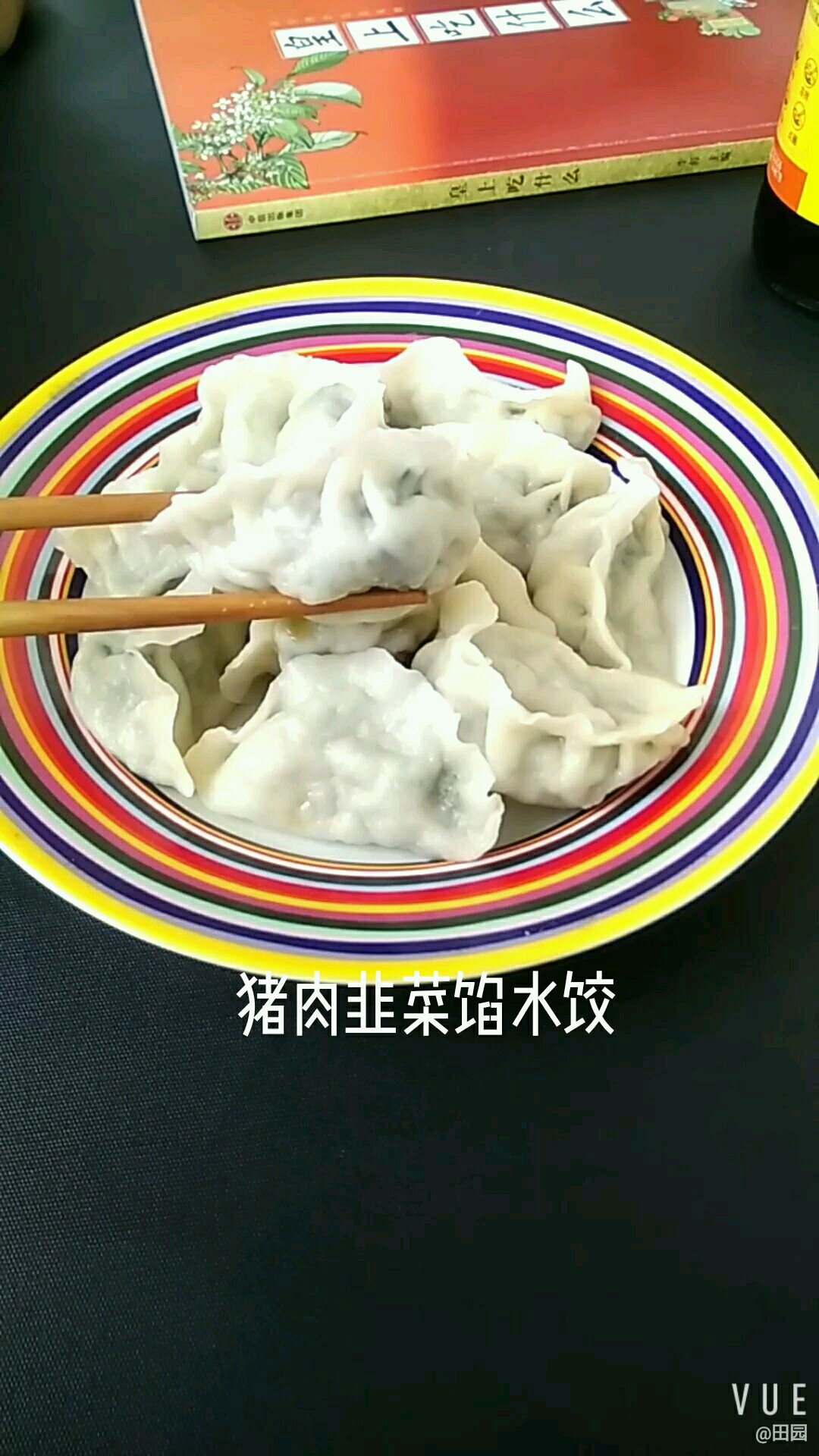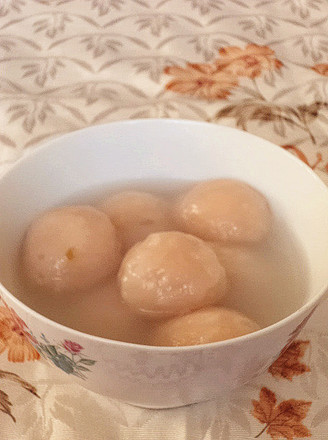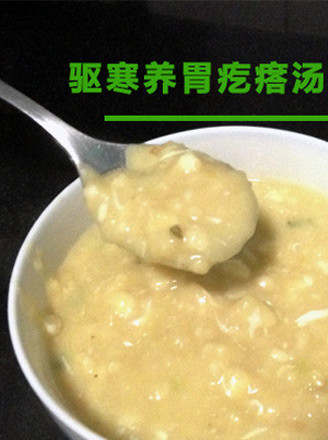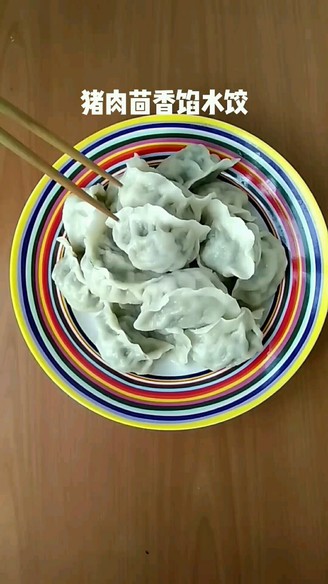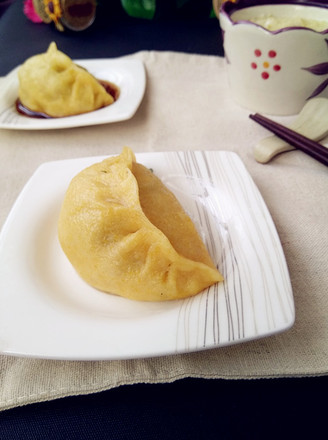Three-color Xiangyun Mantou
1.
The raw material diagram is shown in the figure.
2.
Warm water fully dissolves a teaspoon of yeast to make it milky white.
3.
Knead a bowl of wheat flour, half a bowl of corn flour, half a bowl of warm water, and a teaspoon of sugar to form a smooth dough.
4.
In the same way, mix the black sesame flour with a bowl of wheat flour and knead it into a ball, and knead a bowl of half-white flour into a white dough.
5.
Ferment to double the size, choose your own convenient fermentation method.
6.
The fermented dough is fully exhausted, kneaded back to its original size, and is smooth and does not stick to your hands.
7.
Take a ball and knead it and roll it out. Moderate thickness, too thin is not good for layering, too thick is not easy to roll. It's about one centimeter thick.
8.
The three kinds of dough are rolled out into original pieces, stacked together one by one, and flattened by hand.
9.
Roll up and round. Round to form a circle segment.
10.
Cut it into equal-sized and slightly longer shapes. If it is cut into approximately four sides, it will become a bun after the second fermentation is completed.
11.
Set it aside for secondary fermentation. After the second fermentation, the steamed buns are round and light, and the cut noodles are more convex and fuller than just made.
12.
Boil water in a pot, put the steamed buns, and steam on medium heat for 25-30 minutes. Do not remove the lid of the pot when the heat stops. Wait about five minutes.

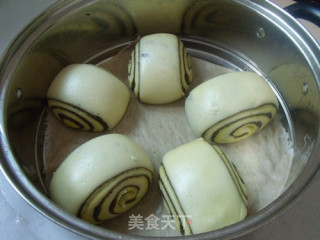
Tips:
1. The trick of kneading is to knead for a while and wait two minutes before kneading, so that the dough is easier to be smooth. When it feels dry, dip your hands in the prepared large bowl of warm water. After kneading into a ball, hand light the surface and light the basin. ,
2. I used the fermentation gear in the oven, and the bottom plate was fermented with warm water. If there is no oven, you can choose to put 80 degrees hot water under the steamer, and put the basin in the steamer. Heat it up when the water is cold. But be sure to remove the steamer when heating.
You can also wrap a blanket and tuck it into the bed to turn on an electric blanket. Or use a warm water bag.
Steaming steamed buns in winter is very troublesome, so steam them more at a time, put them in the refrigerator, and eat them as hot as the new taste.
3. The secondary fermentation is particularly important. The temperature is low in winter, and the room temperature is definitely not good. Like Shanghai's weather of three or four degrees, it is estimated that it will take one afternoon. So we still stuff the oven or use a steamer for secondary fermentation.
4. Don't make a big fire when steaming the steamed buns, because the steamed buns will be burnt to death when the water drips down.

